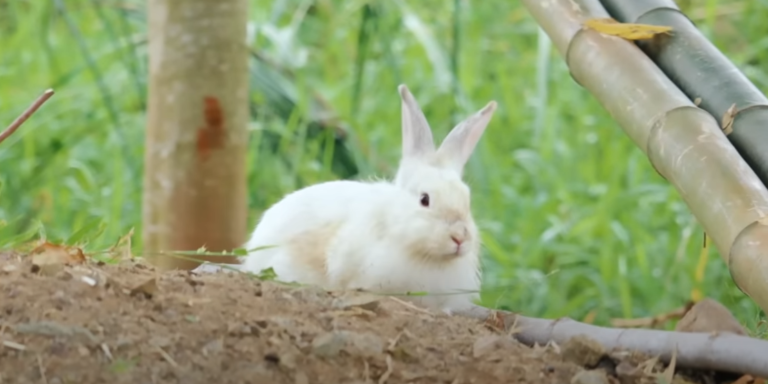Unveiling the Secrets of Sustainable Catfish Farming at Dexter’s World
Hello everyone! It’s a beautiful day here at Dexter’s World, and I’m thrilled to bring you another update from our farm. Today, we’re diving deep into the world of catfish farming—a journey that’s both rewarding and challenging. Whether you’re a seasoned farmer or a curious beginner, this post is packed with insights to help you understand the nuances of breeding and growing catfish sustainably.

Early Morning at the Farm
My day starts early, around 4 AM, when I head out to feed our diverse community of animals. It’s vital to start early, especially with the goats, as they get quite “hangry” if not fed on time! After ensuring all our farm inhabitants are well-fed, it’s time to focus on our aquatic residents—the catfish.

Breeding Catfish Naturally
Here at Dexter’s World, we practice natural breeding methods for catfish, which have proven effective over the years. For those new to this, the process involves careful management of the breeding environment and ensuring the health of the catfish through various stages of their lifecycle.

Key Considerations in Catfish Farming
- Sizing and Segregation: This is crucial to prevent cannibalism—a common problem in catfish farming. By segregating the larger catfish from the smaller ones, we ensure a safer growing environment and minimize losses.
- Tank Construction: Our tanks are designed with efficiency in mind. While we incorporate floor drains for ease of cleaning, daily water management is done through submersible pumps to avoid harming the young fish.
- Feeding Practices: Catfish are nocturnal feeders. To prevent cannibalism and ensure optimal growth, we feed them at night when they are most active. This not only improves their growth rates but also helps maintain a stable population.

The Role of Environment in Catfish Growth
The environment plays a pivotal role in the health and growth of catfish. Here are a few environmental tips to ensure your catfish thrive:
- Avoid Air Pumps in Tanks: Catfish do best in still water. Pumps can stress the fish and cause unnecessary turbulence.
- Sunlight Exposure: Warm temperatures promote better digestion and faster growth in catfish. Make sure your tanks receive ample sunlight.
- Regular Water Changes: Your nose will tell you when it’s time to change the water. Fresh, clean water is crucial for healthy catfish, so don’t delay replacing dirty water.

Future Plans and Farm Development
As we continue to enhance our catfish farming operations, we’re also expanding our facilities. The plan includes more than just farming; we aim to transform Dexter’s World into a destination where visitors can enjoy meals prepared from our farm-raised produce like tilapia, catfish, native chickens, and turkey.

Harvesting Success
With nearly a thousand small fry recently moved to a larger tank, we’ve witnessed a survival rate that significantly surpasses industry norms, with only about 2% mortality. This success underlines the effectiveness of our farming practices and sets a solid foundation for future growth.

Join Us on This Journey
As we make strides in sustainable farming and expand our facilities, we invite you to follow along and perhaps even implement some of these practices in your own ventures. If you haven’t subscribed to our channel yet, please do so to stay updated with all our farming tips and adventures.
Thank you for tuning in, and remember, every small step you take in sustainable farming contributes to larger environmental and economic benefits. Stay tuned for more updates, and I look forward to seeing you in the next video here at Dexter’s World!







